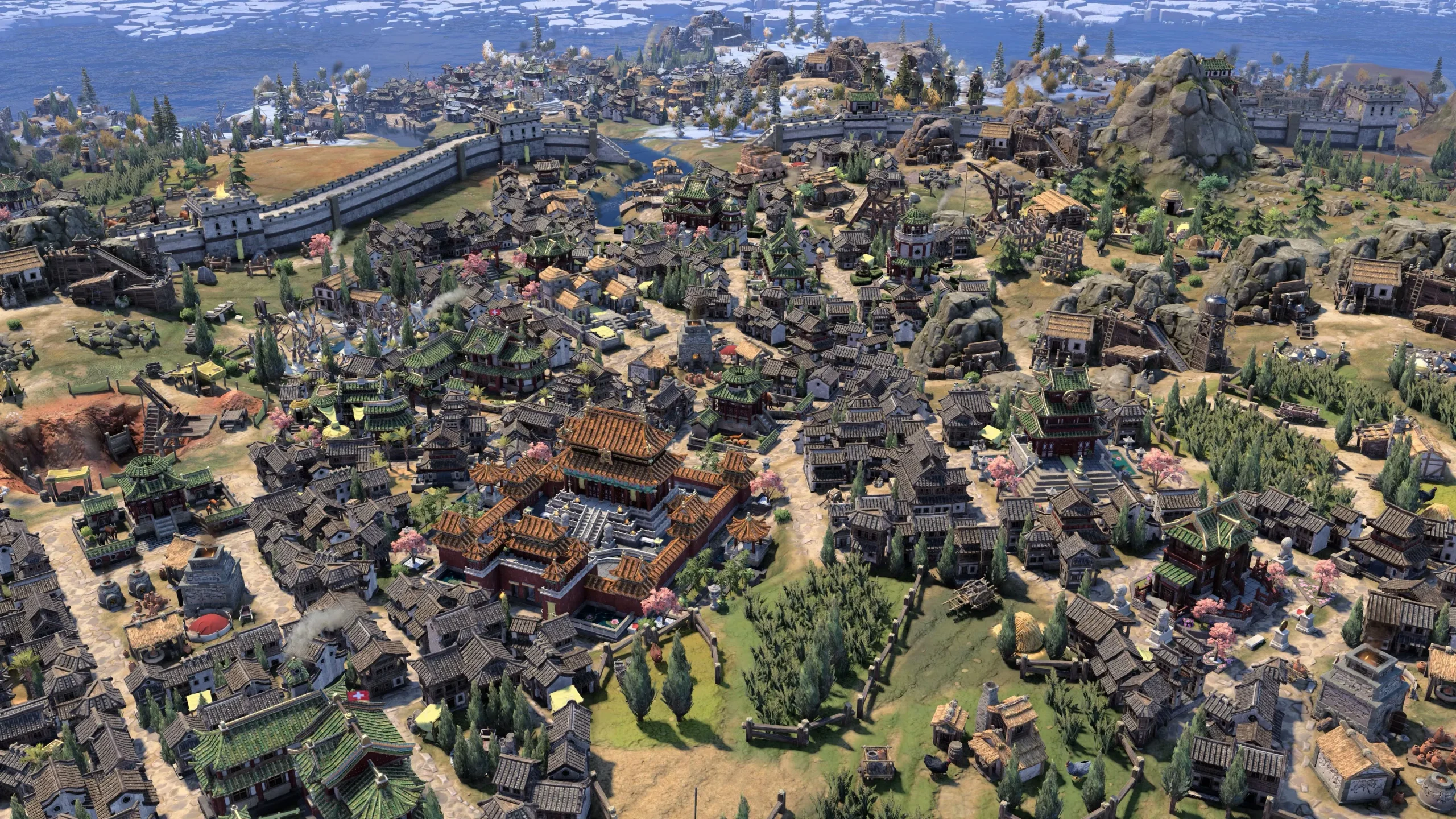
The gaming world is buzzing with excitement as early 2025 approaches, bringing a plethora of highly anticipated video game releases, including the much-awaited Civilization 7. It has been eight long years since the previous main installment of the Civilization franchise graced the gaming community. While expansion packs and downloadable content (DLC) have enriched Civilization VI with new features, fans are eagerly anticipating a fresh and innovative experience in the next chapter of the series.
Scheduled for release on February 11, 2025, Civilization 7 is set to revolutionize the formula with several bold changes. One of the most significant updates involves a reworked mechanics system for the Ages. Players are now required to select a new civilization each time they advance to a new Age, a feature that may take some time for dedicated fans to adapt to. This shift promises to introduce a wider variety of strategies and playstyles throughout the game. For those who prefer a defensive approach, the Ming civilization stands out during the Exploration Age.
A Closer Look at Civilization 7’s Ming Civilization

Exploring Ming’s Leader Abilities
The Ming dynasty, historically celebrated for its robust infrastructure and impressive technological progress, has compelling representations in Civilization 7. The civilization’s primary leader ability, “The Great Canon of Yongle,”boosts Science production within the capital city. However, this advantage comes at a cost: players will experience a decrease in Science output for every Social Policy they implement.
The Ming civilization is designed for players aiming to achieve Economic and Scientific victories, making these attributes essential for successful gameplay. Each game begins with a foundation that emphasizes proximity to key resources, specifically Silk and Coast, providing strategic advantages right from the start.
Newly appointed as the leader in Civilization 7, Confucius transitions from his role as a Great Prophet in Civilization VI. He is poised to guide the Ming through the Exploration Age, granting a remarkable 25% growth boost to all cities and enhancing Science gained from Specialists by two points.
Unique Units of the Ming Civilization
The Ming Civ introduces two distinctive units – one civilian and one military. The civilian unit, known as the Mandarin, serves as a merchant that significantly increases Gold accumulation when players construct roads. On the military front, the Xunleichong acts as a ranged infantry unit that benefits from enhanced Combat Strength in flat terrain, making it a formidable option during conflicts.
Historically, the Ming dynasty thrived from 1368 to 1644, following the Mongol Yuan dynasty’s rule, further enriching its cultural and military legacy.
Unique Upgrades for the Ming Civilization
Civilization 7’s Ming Civ boasts an array of unique upgrades, primarily organized within three distinct Civic Trees: “Nine Garrisons,””Lijia,”and “Da Ming Lu.”
The “Nine Garrisons”tree enables the establishment of the unique Great Wall Improvement at the first tier, which increases Gold generation if accompanied by adjacent fortifications. This tier also unlocks the Divine Engine Division Tradition, enhancing Science output for settlements with stationed military units. At tier two, the enhancements further amplify Gold production from the Great Wall and increase the Combat Strength of ranged units near a Xunleichong unit.
In the “Lijia”tree, the first tier lowers the building costs in towns while introducing the Baojia Tradition, which boosts Science output for each resource assigned to a city. The second tier augments the resource limit within the capital, facilitating more expansive growth.
Lastly, the “Da Ming Lu”tree provides a unique ability for Mandarin units to generate both Science and Gold upon road construction, alongside initiating the Grand Secretariat Tradition. This tradition augments Science production for Gold buildings and vice versa, while the second tier increases settlement limits and grants access to the Forbidden City Wonder, enhancing Culture production from fortified buildings.




Leave a Reply ▼